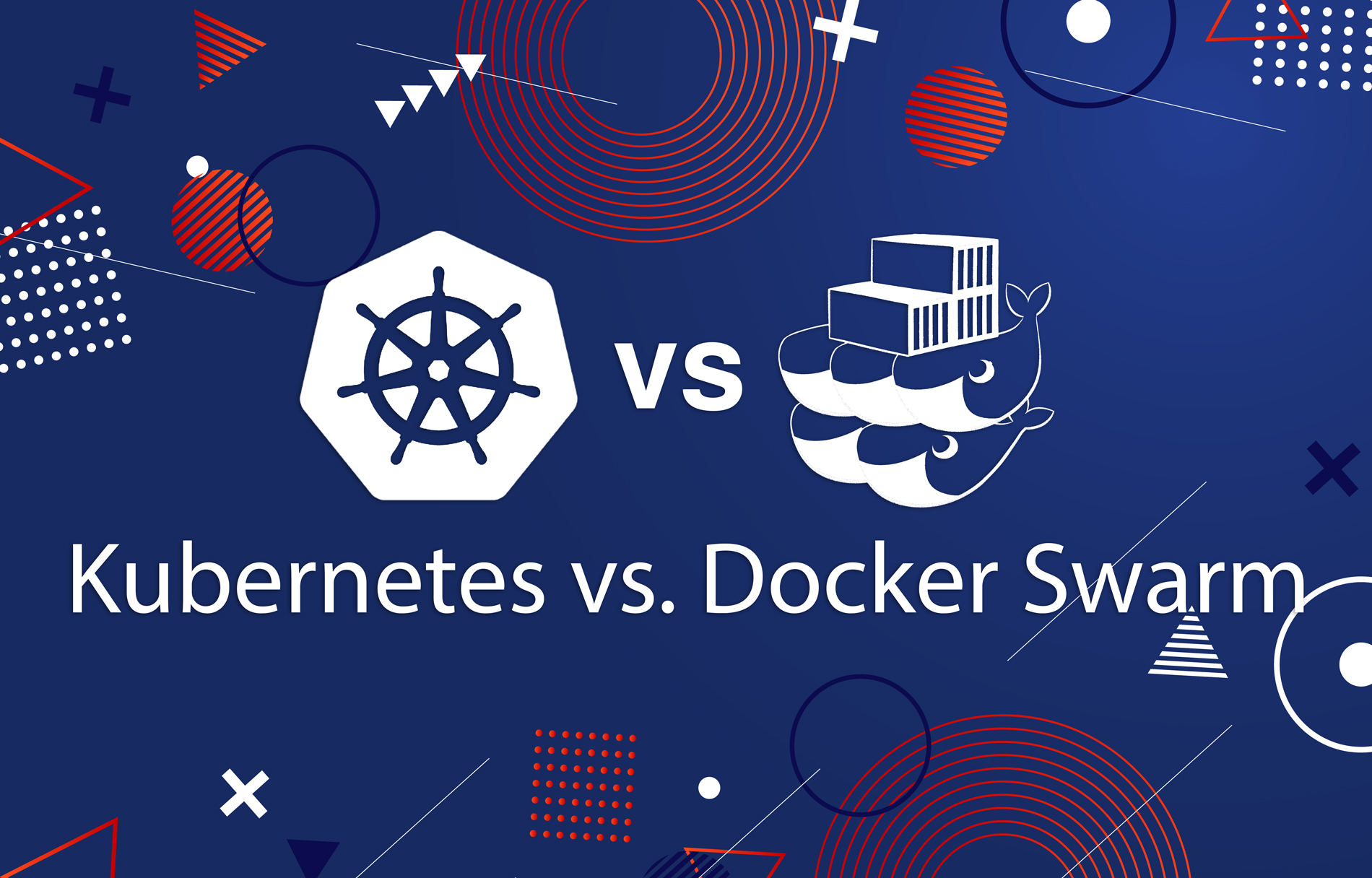
It is recommended to use Docker with Reimann for monitoring, however since Docker Swarm has an open API, it makes easier to connect with plenty of apps.Docker Swarm is supported for only monitoring with the third party applications.You should know Docker CLI to navigate within a structure and then supplemental Kubernetes common language infrastructure to run for those programs.It requires knowing CLI (Command Line Interface) to run Kubernetes on top of Docker.This provides variability and speed to this tool and gives Docker a significant usability edge.Since Docker Swarm is a tool of Docker, same common language is used to navigate within a structure.Cluster configuration like IP addresses of a node or which node takes what role is needed to know in advance in Kubernetes.Installation instructions differ from OS to OS provider to provider.
#DOCKER SWARM VS KUBERNETES 2020 MANUAL#
#DOCKER SWARM VS KUBERNETES 2020 INSTALL#

Applications can be deployed as services (or micro-services) in a Swarm cluster.Kubernetes Nodes: The nodes in a Kubernetes cluster are the machines that run our containers.kube-scheduler: This service watches for unscheduled pods and binds them to nodes depending upon requested resources and other constraints.kube-controller-manager: This is the daemon that embeds the core control loop shipped with Kubernetes, making the necessary changes to match the current state to the desired state of the cluster.kube-apiserver: This is the service that manages the entire cluster, including processing REST operations, validating and updating Kubernetes objects, performing authentication and authorization.

As we can see, the master is a collection of three processes:

We can launch this application using the REST APIs provided by Marathon: curl -X POST \

Note that installing a Mesos cluster can be little involved and hence we can use a more straightforward solution like Mesos Mini. So, let's see how we can use Marathon to deploy our simple Docker image we created earlier.


 0 kommentar(er)
0 kommentar(er)
